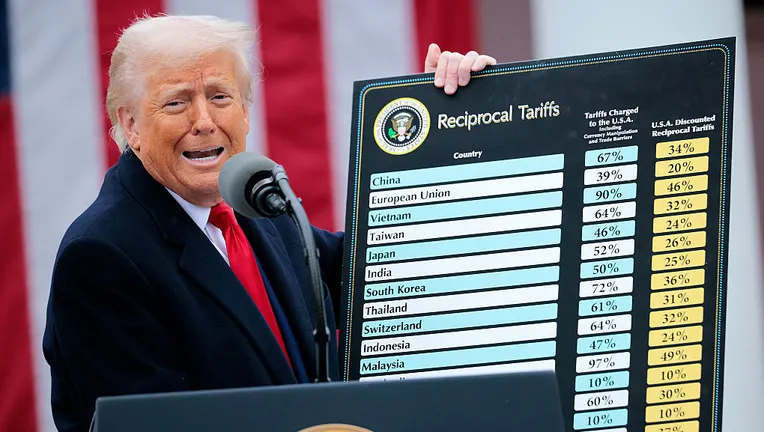ISLAMABAD: Former US President Donald Trump has imposed a 19% tariff on Pakistan’s exports to the United States as part of a sweeping trade overhaul affecting dozens of countries. The new rate, down from a previously threatened 29%, was formalized under an executive order that came into effect August 1.
Despite the tariff, Pakistan gained a diplomatic and economic win this week as it inked a joint oil development deal with the United States. Trump himself announced the agreement via Truth Social:
“We have just concluded a deal with the country of Pakistan, whereby Pakistan and the United States will work together on developing their massive oil reserves.”
Finance Minister Muhammad Aurangzeb, Pakistan’s lead negotiator, said the overall outcome was a “real win-win” for both nations. The deal is believed to have cushioned Pakistan against even steeper trade penalties, especially compared to regional counterparts.
Under the new tariff regime:
-
India faces 25%
-
Bangladesh 20%
-
Iraq 35%
-
Vietnam 20%
-
Indonesia 19%
Trump’s order includes variable rates — from 10% to 50% — applied to 69 nations. Countries like Brazil (50%) and Canada (35%) were hit hard, while Mexico was given a 90-day delay to continue negotiations.
According to US officials, countries that failed to strike favorable terms or align with American economic and security priorities were subject to harsher penalties. The order also includes last-minute shipping exemptions and hints at additional trade agreements still under wraps.
Markets responded with limited concern, though analysts note the tariffs could fuel inflation, particularly in consumer goods. Data from the US Commerce Department already shows price spikes in household items, clothing, and recreational goods.
The situation with India remains tense as talks collapsed over access to India’s farm sector and Russian oil imports. The 25% tariff sparked political uproar in New Delhi and sent the rupee into a slump.
Despite the broader fallout, Pakistan’s proactive diplomacy — including military and ministerial-level engagement — appears to have paid off, securing both a critical energy partnership and a relatively lower trade tariff.



